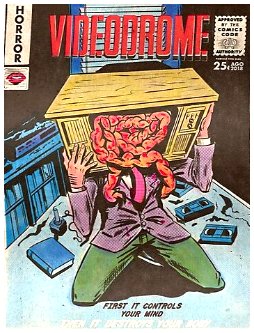cross-posted from: https://lemmy.capebreton.social/post/347724
Windows 95 is a consumer-oriented operating system developed by Microsoft as part of its Windows 9x family of operating systems. The first operating system in the 9x family, it is the successor to Windows 3.1x, and was released to manufacturing on July 14, 1995, and generally to retail on August 24, 1995, almost three months after the release of Windows NT 3.51.
Windows 95 is the first version of Microsoft Windows to include taskbar, start button, and accessing the internet. Windows 95 merged Microsoft’s formerly separate MS-DOS and Microsoft Windows products, and featured significant improvements over its predecessor, most notably in the graphical user interface (GUI) and in its simplified “plug-and-play” features. There were also major changes made to the core components of the operating system, such as moving from a mainly cooperatively multitasked 16-bit architecture to a 32-bit preemptive multitasking architecture, at least when running only 32-bit protected mode applications.
Accompanied by an extensive marketing campaign,Windows 95 introduced numerous functions and features that were featured in later Windows versions, and continue in modern variations to this day, such as the taskbar, notification area, and the “Start” button. It is considered to be one of the biggest and most important products in the personal computing industry.


32 bit hacked and kludged onto a 16 bit system that was still MS-DOS at the core. It was a mess. A highly unstable “wonder how it’s even working” mess. The “lol Windows always bluescreens” memes came from this era because of this. The switch to NT and pure 32 bit from boot to desktop for consumer OSes with Windows XP made the stability issues mostly a thing of history unless you had bad drivers or hardware.
And then starting with Vista, Windows went to 64 bit. It was a complete rewrite of Windows and is way more stable because it requires every driver to be signed by Microsoft. You can disable the signed driver requirement, but then you’re risking stability.
It wasn’t a complete rewrite of Windows.
Maybe if it was your first NT-based Windows, like you previously had 98 or ME or something, then it might appear that way.
But Vista was a fairly incremental update. Lots of things changed but nowhere close to a complete rewrite.
It was a whole new kernel. They didn’t rewrite every single utility, but the kernel was a rewrite along with things like diskpart and the boot loader. The core of the OS. They also dumped all of the old 16 bit legacy apps.
I would like to see a source for that. I know they rewrote critical subsystems (like the audio and video stack), but the whole kernel? I don’t think so.